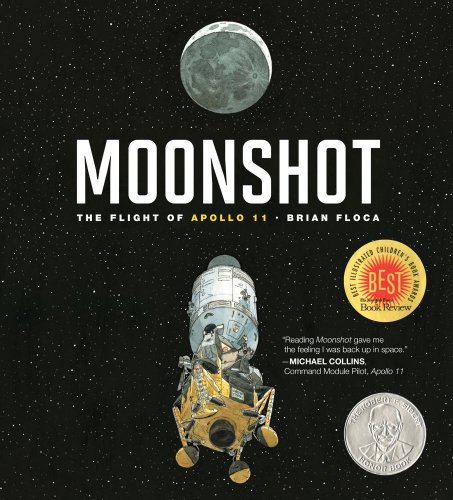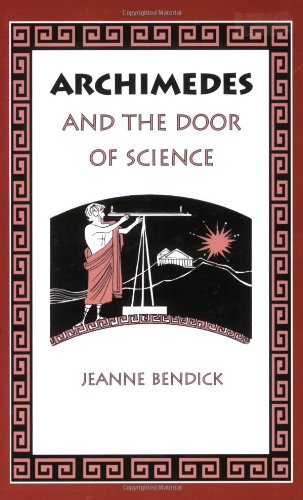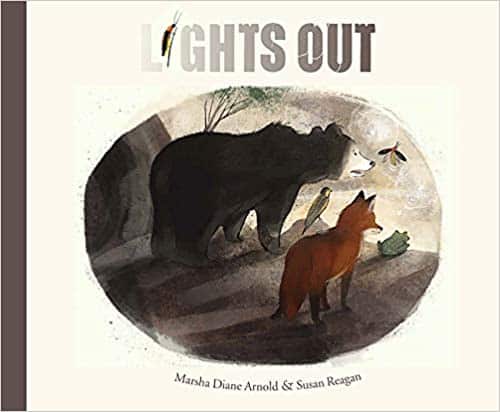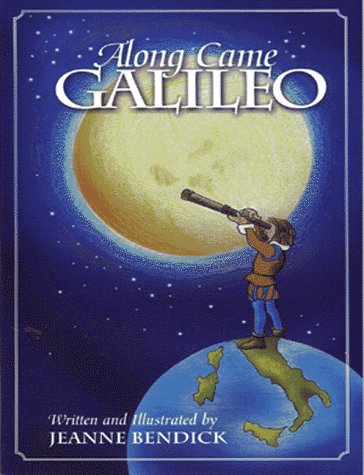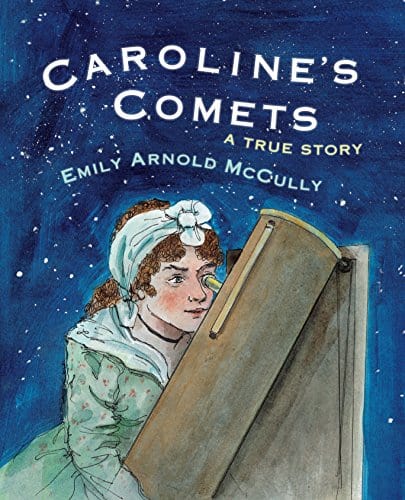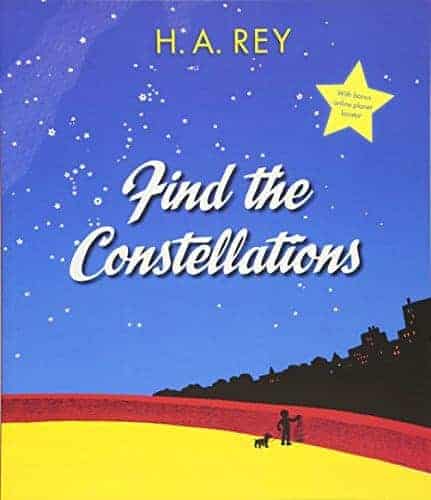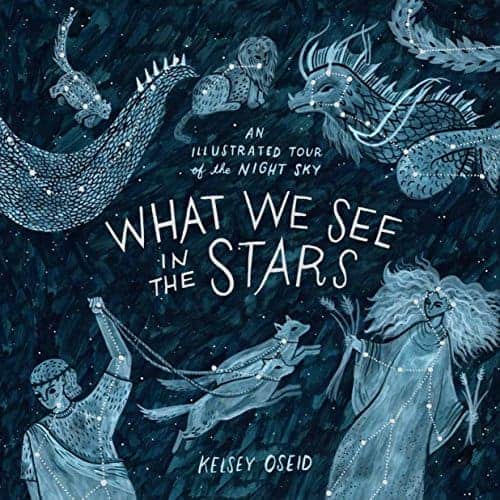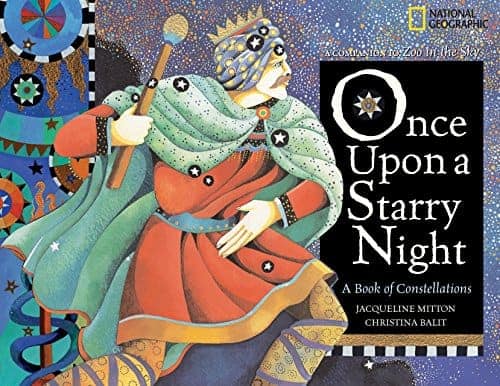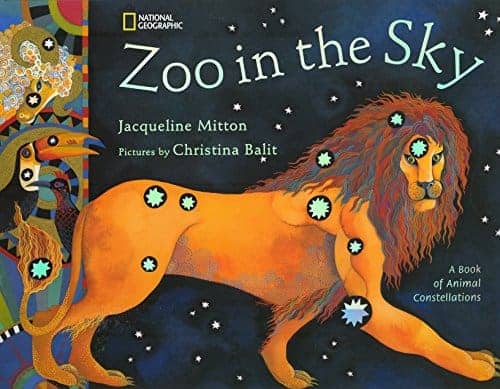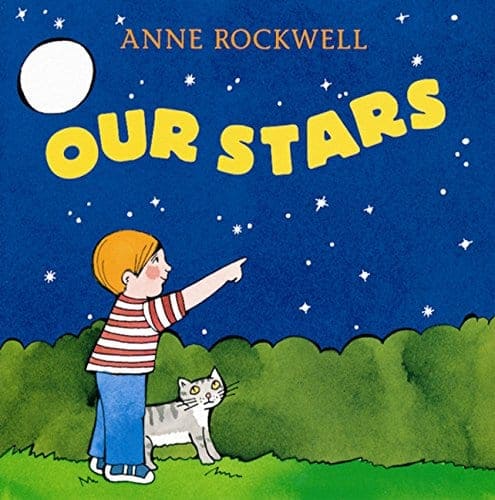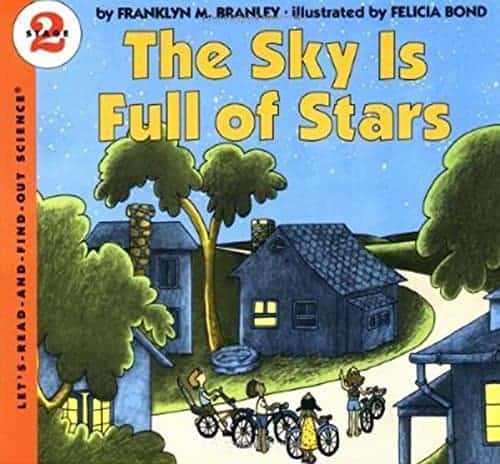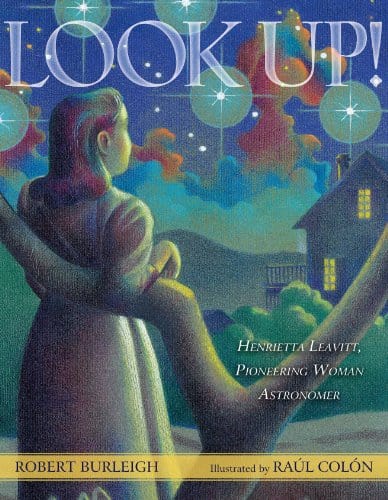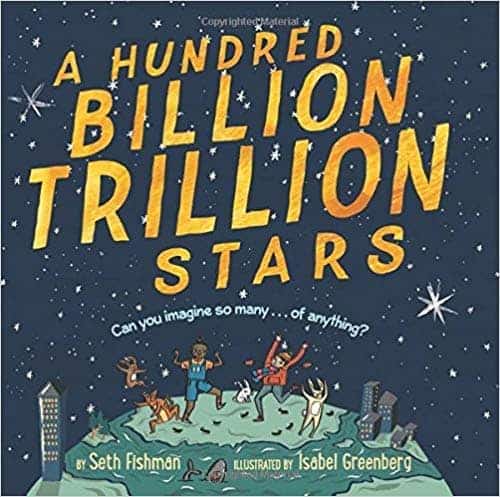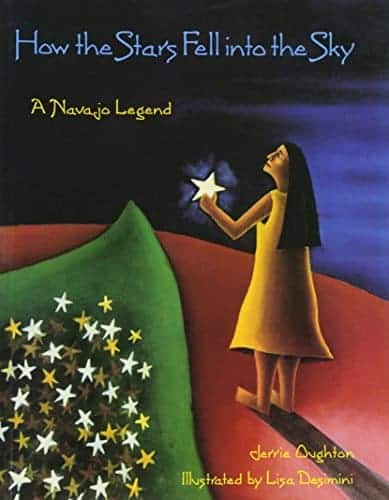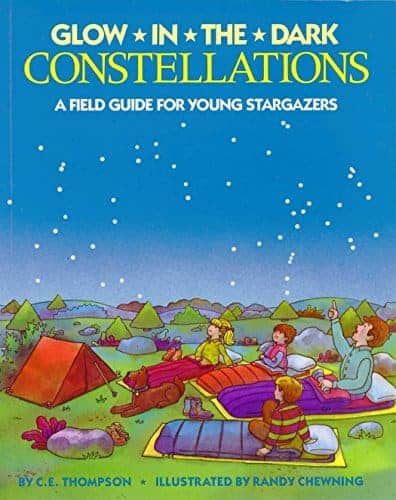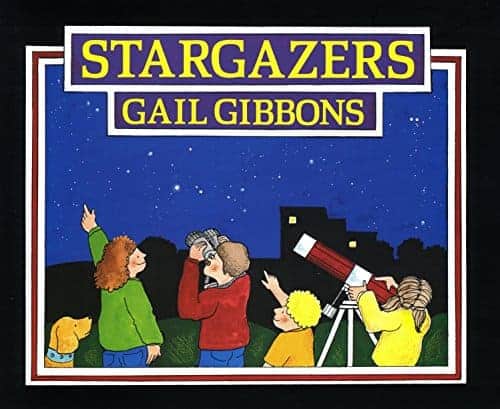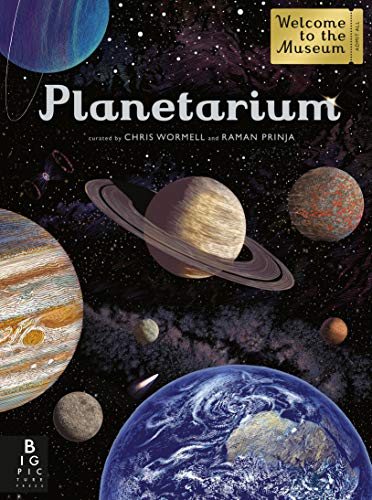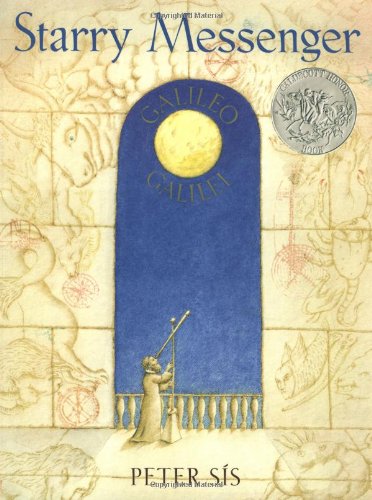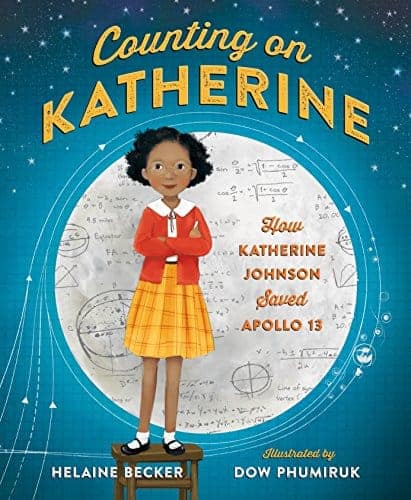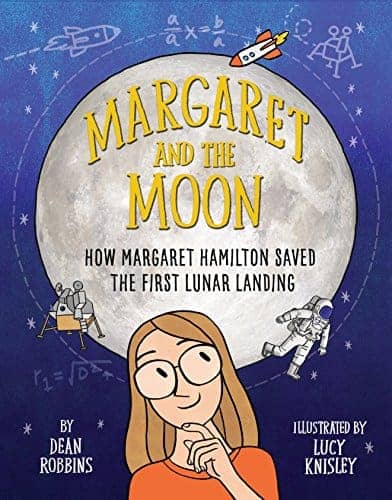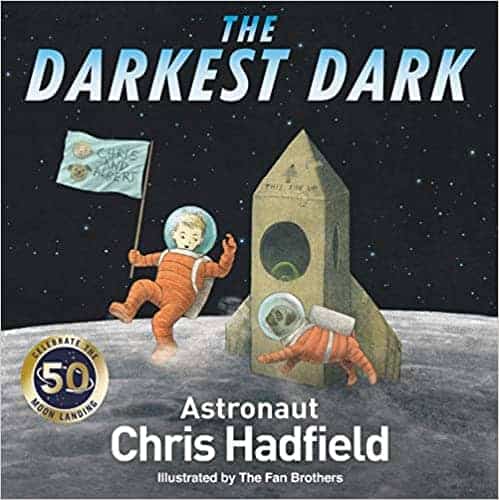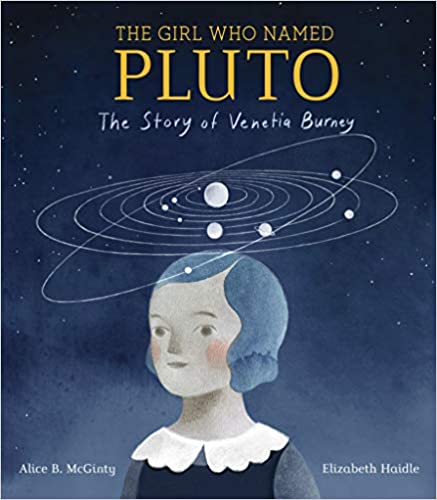A Child’s Introduction to the Night Sky
This post may contain affiliate links which won’t change your price but will share a commission.
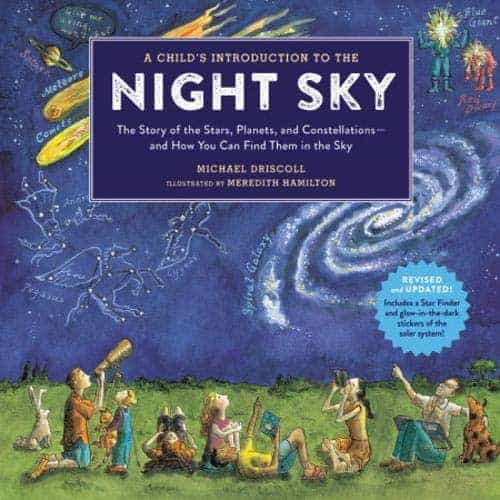
A Child's Introduction to the Night Sky is the perfect introduction to the always fascinating world of astronomy. A great introduction to astronomy.
A Child’s Introduction to the Night Sky is the perfect introduction to the always fascinating world of astronomy. Children ages eight and up will find out what astronomers have learned (and are still discovering), what astronauts and scientists explore, and what they can find by gazing up into the sky at night.
Author Michael Driscoll explains how stars are born, the achievements of the great scientists, the history of space exploration, the story of our solar system, the myths behind the constellations, how to navigate the night sky, and more.
Whimsical color illustrations throughout and handy definitions and sidebars help engage younger readers and develop their interest. Also included are a nifty star finder tool and fun glow-in-the-dark stickers.
About the Author & Illustrator:
Michael Driscoll is a senior publishing editor at Wall Street Journal. He is an award-winning news writer and editor who has contributed to Reuters, the Associated Press, L.A. Weekly and the New York Daily News, among other publications. He is the author of A Child’s Introduction to Poetry and the editor of many books for children and adults. He lives in New York City, but grew up gazing at the wide-open skies of Texas.
Meredith Hamilton has illustrated eight books in the Child’s Intro series. Her other illustration work includes apps for children, cookbooks, and Steuben glass. She lives in Brooklyn, NY.
A Few Reviews:
Grade 4-6–Supported by a mix of cartoon vignettes, elaborately detailed illustrations of constellations, sky maps, and small but dramatic space photos, this tour of the universe takes readers through the solar system and well beyond–introducing along the way a handful of astronomers, space probes, myths, and principles of physics. Hamilton’s informal scenes of dinosaurs watching a giant meteor coming down, stars cast as human figures with exploding heads, and such mirror Driscoll’s general tone. Beneath such chapter heads as “Hunks, Chunks, and Flying Objects” or “The Zodiac Zoo,” the author notes that “Stars and planets get most of the attention when we’re talking about space. But there’s lots of other cool stuff up there, too.” The author defines special terms in a running “Deep Space Dictionary,” and closes with an array of dates, calendars, and current paper or electronic resources. Because all of the information here is easily available elsewhere, and the sheet of glow-in-the-dark stickers and the adjustable star finder tucked into a pocket will be problems in a library setting, this genial, handsomely packaged survey makes an appealing, but secondary, choice.–John Peters, New York Public Library
Inside the Flap:
Since ancient times, people have been looking up and wondering about all of the things that glow in the night sky, and about our place in the big, wide universe. The study of the night sky and all of the objects and forces up there is called astronomy, and A Child’s Introduction to the Night Sky is a great introduction to what astronomers have learned (and are still discovering), what astronauts and scientists explore–and what you yourself can find by gazing up into the night sky.
You’ll learn about how stars are born; how the planets move through the sky; and just where we are within the big galaxy we call home; the Milky Way. You’ll find out about solar and lunar eclipses, the phases of the Moon, and what a comet’s tail is made of. You’ll delve into mysterious forces (like black holes and dark matter) that are so strange that even scientists don’t fully understand them yet.
And when it comes time to find out about the starry constellations, you’ll learn their names and shapes, along with their stories–sometimes called myths–that were invented to help explain and identify them.
You’ll even learn about rockets, satellites, space stations, and space travel, including some of the exciting plans we have for future missions. When will a person visit Mars? It might be sooner than you think!
Finally, you will find out how to take the handy Star Finder outside with you and find all of your favorite stars, constellations and planets in the sky, just like professional astronomers do. (Wait until you find out how easy it is to spot Venus).
With A Child’s Introduction to the Night Sky, the Star Finder inside and the fun glow-in-the-dark stickers you can put on your ceiling, you will be a junior astronomer in no time!

